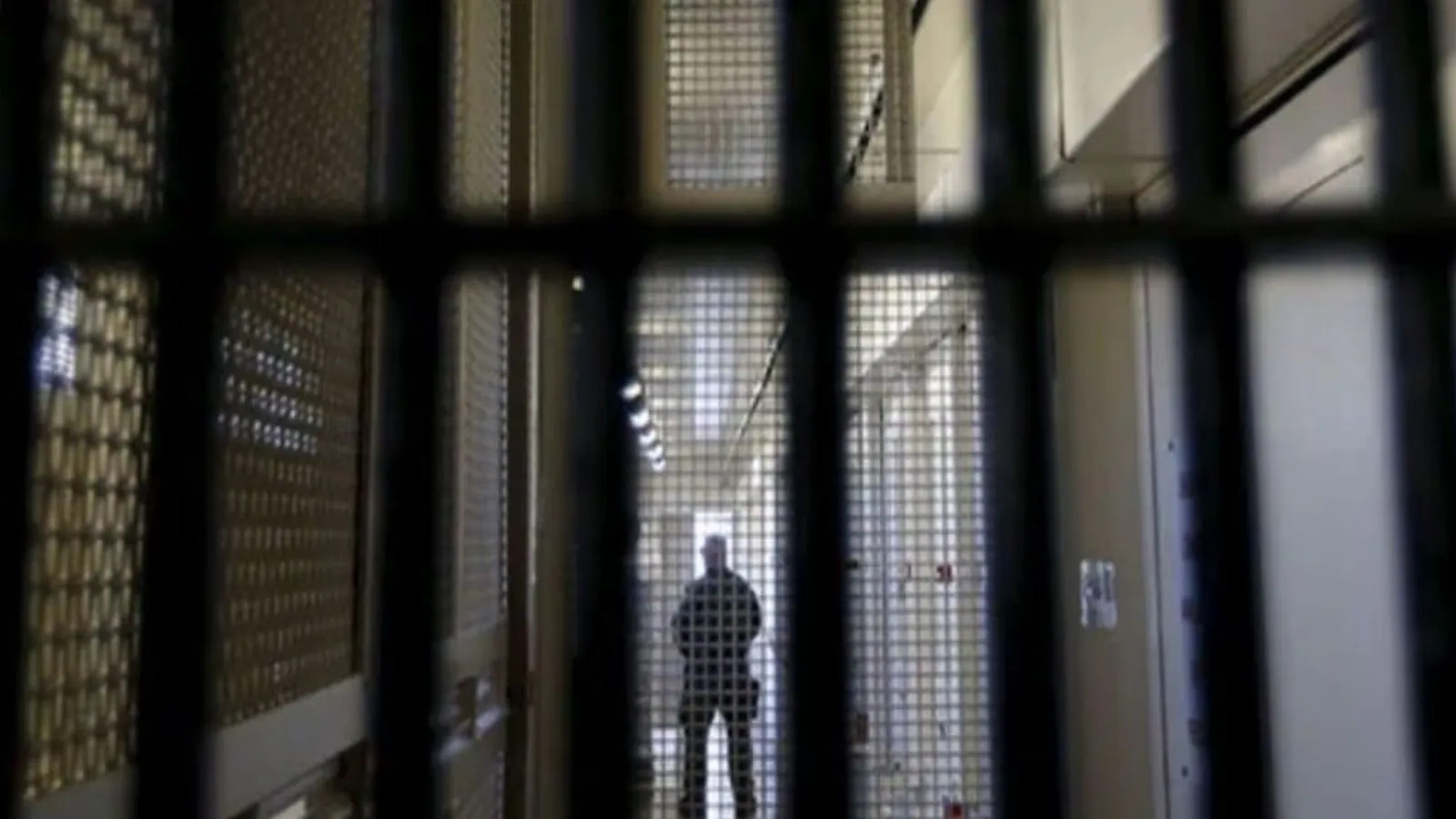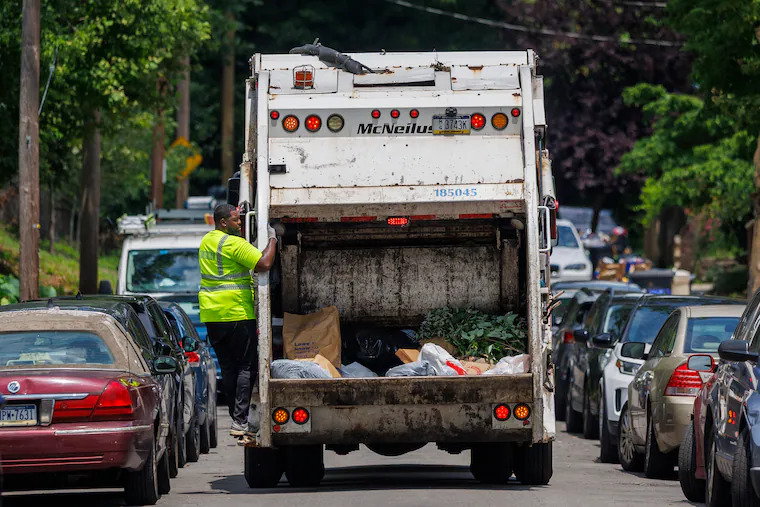By News18,Pathikrit Sen Gupta
Copyright news18

The latest Prison Statistics India 2023 report, released by the National Crime Records Bureau (NCRB) this week, presents a study in contrasts for the nation’s correctional facilities. On one hand, the country saw a notable fall in the prison population, which eased overall pressure on the system. The total number of inmates declined from 5,73,220 in 2022 to 5,30,333 in 2023, contributing to a drop in the national average occupancy rate to 120.8%.
This national relief, however, fails to address the pockets of acute, chronic overcrowding that persist in major metropolitan regions. The crisis is most severe in the nation’s capital, where Delhi’s prisons are battling an alarming 200% occupancy rate. This means Delhi’s facilities are forced to house twice the number of inmates they were designed for, making them the most congested in the country and creating an environment where basic living conditions are severely compromised.
The primary driver of this sustained crisis, as highlighted by the NCRB data, is the disproportionately high number of undertrial prisoners. Nationally, individuals awaiting trial constitute a staggering 73.5% of the total prison population. This figure points directly to systemic judicial delays, which trap individuals—many accused of petty crimes and unable to afford bail—in a cycle of prolonged detention, effectively making the “process the punishment” and perpetually overburdening the correctional infrastructure.
The consequences of an occupancy rate nearing 200% are profound, observers say. It cripples prison administration, leads to poor sanitation, heightens the risk of violence and disease, and prevents the effective implementation of rehabilitation and reformative programs, violating core human rights standards. While states like Telangana offer a striking contrast with an efficient 72.8% occupancy rate, the critical congestion in key urban centres like Delhi demands immediate, localised intervention.



